Sustainable Fashion Design Part 1: All About Sustainable Fabrics
If you’re entering the world of sustainable fashion design, one of the first things you’ll need to understand is fabric. The fabric you choose can either make or break your entire design, affecting everything from the feel of your garment to its eco-friendliness. It’s all about finding that sweet spot between quality, sustainability, and cost!
My two personal favorites for sustainable fashion design are cotton and linen. You just can’t go wrong with them! I’ll be sprinkling in images of my own brand, Tiny Threads, so you can see just how beautifully the fabrics work.
Now let’s dive into the breakdown of common fabric types and the best sustainable options for your clothing brand.
Key Takeaways Ahead
- Fabric Swatches
- The Importance of Drape
- Fabric Types and What They’re Really Like
- Fabrics Blends That Work
- Sustainable Fabrics You Should Know About
- One Last Consideration: Fabric Dyes
- Your Next Steps
Fabric Swatches
One of the most exciting steps in designing a sustainable fashion collection is getting your hands on fabric swatches. Swatches let you experience the weight, texture, drape, and color of different fabrics, which is so important when you’re aiming to make thoughtful, sustainable design choices.
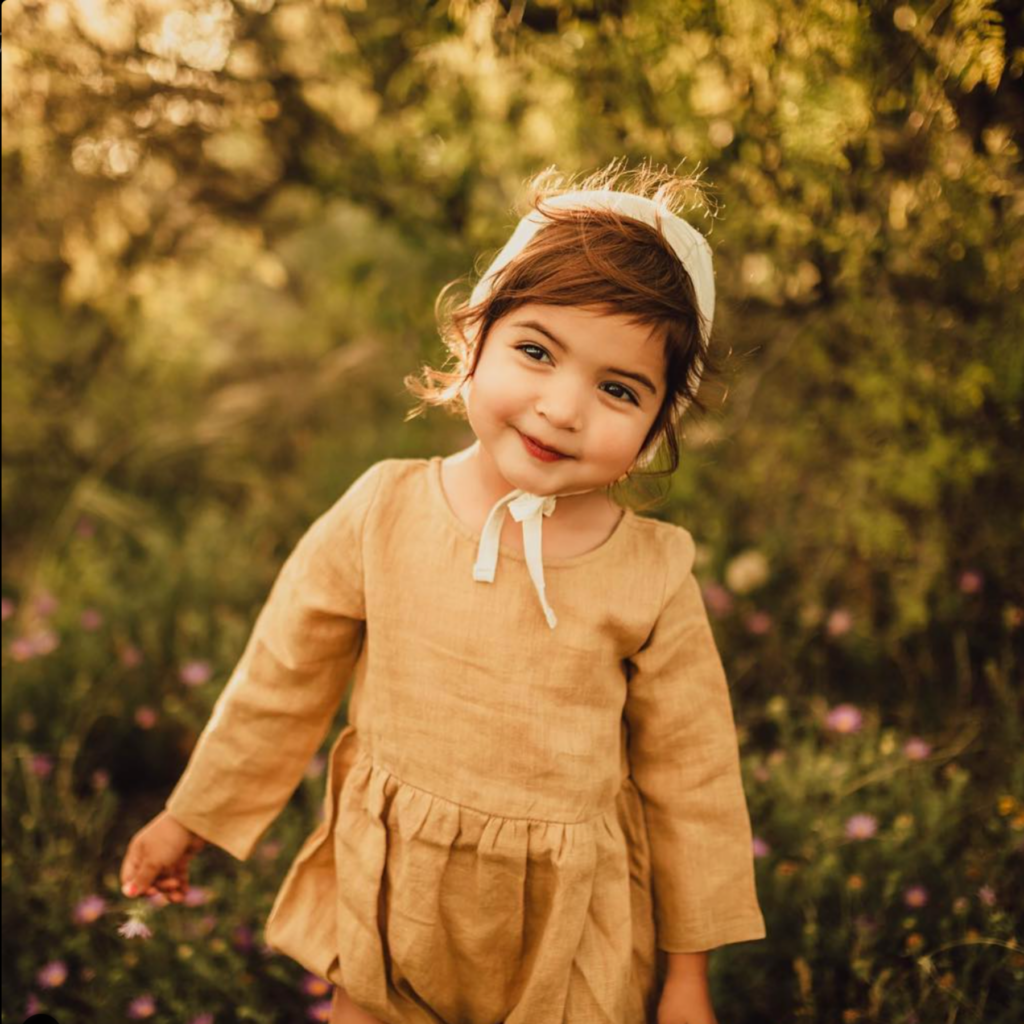

The Importance of Drape
When you pick fabric for your designs, it’s important to understand how it drapes. When you’re designing something, you need to think about things like:
- Do I want the fabric to cling to the body?
- Do I want it to drape against the body and be close to the skin?
- Or do I want the fabric to have structure, stand out, and create volume from the body?
- Do I want the garment to be light and thin?
- Or do I want it to be heavier and thicker?
→ For a full deep-dive on fabric weight and drape, check out this post.
Common Fabric Types and What They’re Really Like
When it comes to sustainable fashion design, you’ve got to know your fabrics, like, really know them. This isn’t your high school Home EC class anymore. Understanding what materials are actually made of helps you make smarter choices for your designs while keeping sustainability front and center.
1. Linen
It is such a wonderful fabric. It has a high end feel to and is great for a sustainable brand. Perfect for spring and summer because of the weight. It is breathable, absorbent and moisture wicking, and durable. It does wrinkle, but that’s what gives it character.
There are many varieties of linen and a favorite for summer is Antwerp linen. It’s sheer, lightweight, soft, yet surprisingly stiff with no drape. It holds its shape perfectly, making it ideal for skirts or garments that need structure without the weight.
2. Cotton
There truly are so many different kinds of Cotton – like poplin, jersey, knitted sweaters, cotton gauze, denim, sateen, twill, flannel, terry cloth and voile, to name some. Voile is a favorite for summer dresses. It’s lightweight, sheer, and perfect for a breezy look. But, voile can be a little too sheer, so you’ll need to line it.
Cotton double gauze is so fun in the organic world as well, and I love using it. Organic Cotton is a natural fiber, so it’s a solid pick for sustainability.
3. Polyester
It isn’t my favorite fabric, but it has its time and place (just not so much in the world of organic sustainable brands). Polyester is highly used in fast fashion because it’s cheap and versatile. If sustainability is the core of your brand, think twice about using it!
If budget friendly is your thing, it might be your main player. Polyester has its place in the fashion world, but it’s definitely controversial to those who care about earth friendly fibers.
4. Rayon
Rayon, on the other hand, is a plant-based fabric, but it’s made from processed wood pulp, so it’s not exactly green, if you’re getting what I mean. It’s breathable, lightweight, and has that soft drape we all love, but when sustainability is the main goal, you might want to skip it. It’s really only eco-friendly if you’re dealing with a brand that focuses on ethical production methods.
5. Tencel
Tencel is ah-maz-ing! If you haven’t used it yet, you’re missing out. This fabric is made from sustainably sourced wood pulp, and the production process is more eco-friendly than other materials. It’s soft, silky, and drapes beautifully, perfect for wide-leg pants or flowy skirts. Plus, it’s biodegradable, which makes it an ideal fabric for anyone serious about sustainable fashion design.
6. Jersey Knit
Jersey is known for its stretch, durability, coziness, and breathability – making it great for activewear. I like to add spandex to give it better structure so it doesn’t become stretched out at the elbows and knees. There are so many variations and weights you can choose from as well. It is a universal fabric that can be blended in many ways.
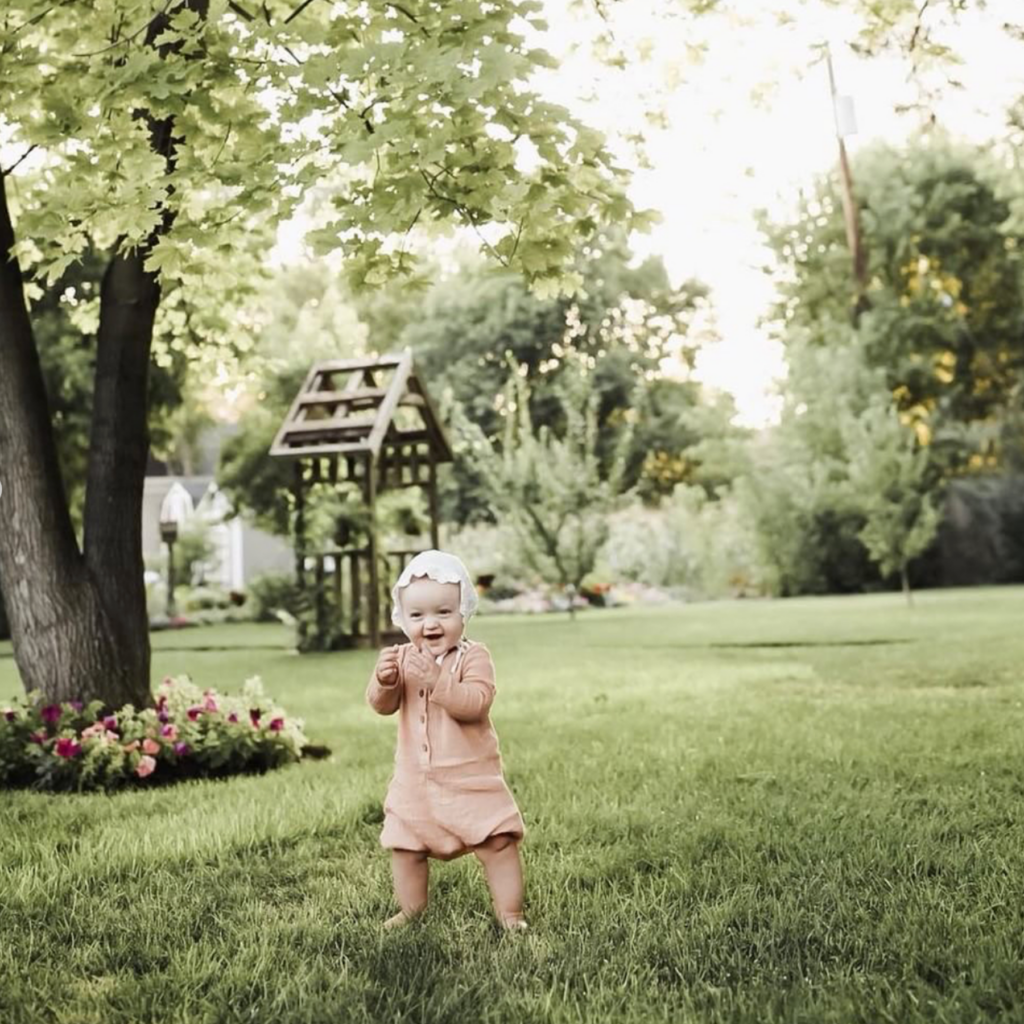

Common Fabric Blends
Sometimes, it’s not about the individual fabrics but the combination. Blending fabrics can give you the perfect mix of comfort, durability, softness, stretch, and style.
Supima Cotton, Micro Modal, and Spandex
This is one of my favorite blends that we always used with Persnickety Clothing. It isn’t organic, but an amazing blend. We would use a 9.5 oz weight and it was thick and sturdy, but not too heavy. It has the perfect amount of stretch, is silky soft, and washes incredibly well. I also like that it doesn’t peel.
If you’re going for totally natural low processing, consider blending organic cotton with aloe, hemp, or bamboo with some spandex if you need more stretch and structure.
Wool Blends
Wool is naturally warm, but it can also be itchy. So, when you mix it with something like silk, cashmere or bamboo, you get the softness and durability without the irritation. If your budget is tight, you can use polyester as a blend for softness. You can even knit it into a jersey fabric and give it some spandex for more stretch.
Rayon & Polyester
Rayon and polyester are commonly blended with cotton to give it more drape and softness and to make the fabric more affordable. Rayon gives that gorgeous drape and softness, while polyester boosts durability, reduces wrinkles, and causes less shrinkage.
Polyester can look and feel cheap so be careful when using it. It also has a bad reputation in the organic world, so I would steer clear of it if you have a sustainable, organic brand.
→ Pro tip: Rayon can peel really badly, so be careful if you choose to use it! Ask for an “anti-peel” when working with the mill. And if you don’t want to use these processed fibers, think about replacing them with hemp, bamboo, aloe vera, or modal.
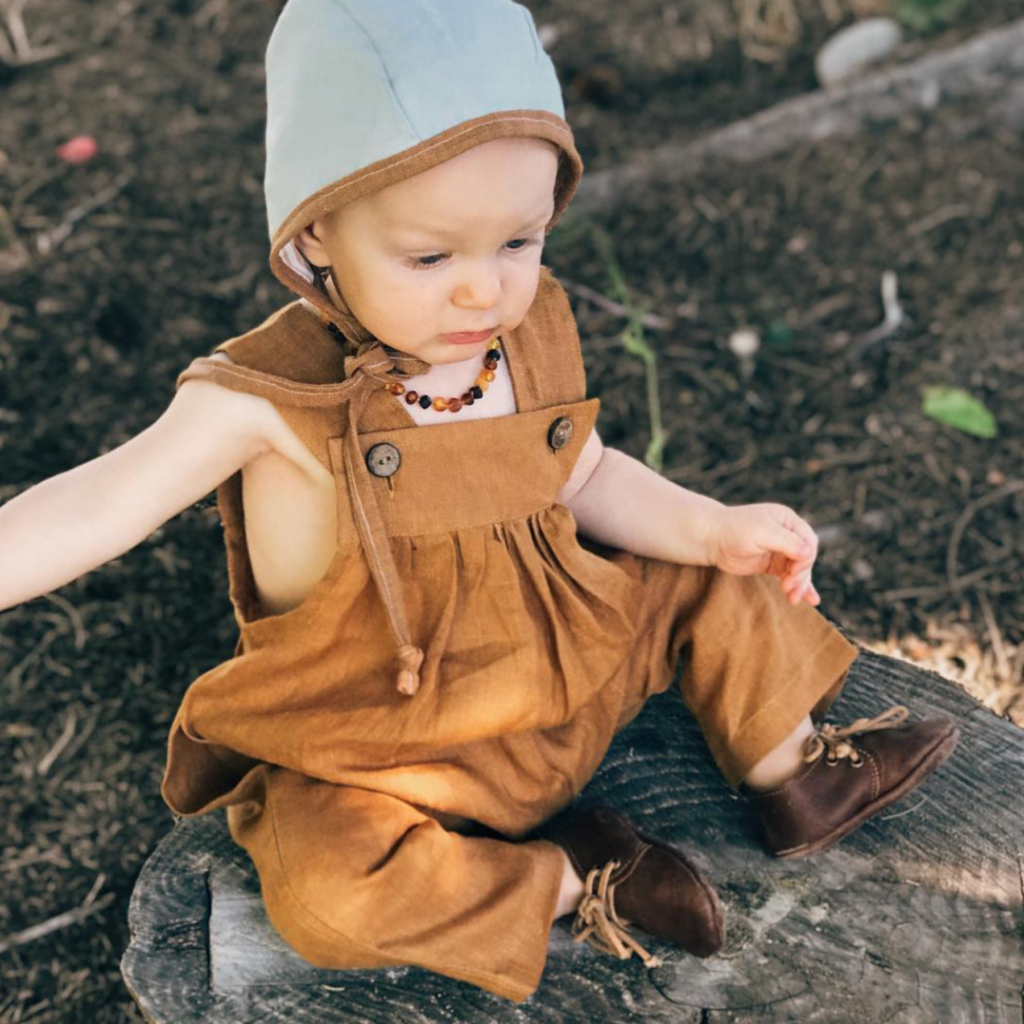

Sustainable Fabrics You Should Know About
If you’re serious about sustainable fashion design, you’ve got to pay attention to your fabric choices.
- Tencel is a top contender here. It’s not only sustainably produced, but also biodegradable, which means it won’t be sitting in a landfill for decades. Plus, it has that smooth, silky texture that just makes you want to keep wearing it.
- Linen is another great option. It’s natural, durable, and gets softer with age. Not to mention, it requires fewer pesticides and fertilizers to grow, which makes it a more sustainable choice than cotton.
- Aloe Vera Fabric is a totally out-of-the-box material that’s plant-based, cutting-edge, soft, breathable, and eco-friendly. This fabric is still pretty new, but it’s definitely worth checking out if you’re looking for something innovative and green.
- Organic Cotton is grown without harmful pesticides and herbicides which reduces chemical pollution and water consumption.
- Hemp is a fast growing and drought resistant plant that requires less water and land than cotton.
- Bamboo is grown without harmful pesticides and herbicides.
- Modal uses less water and energy compared to normal cotton. Though there it’s a semi synthetic fabric due to some chemical processing, it is lower impact than some others. It is very soft and drapes well. I recommend mixing it with cotton to stiffen it up a bit!
- Recycled Polyester is a better choice than regular polyester because you are using plastic bottles – reducing landfill waste and saving energy by not producing more during production.
One Last Consideration: Fabric Dyes
If your brand heavily focuses on low environmental impact and organic fabrics, you need to consider how you’ll dye your fabric. Dyes can be toxic to humans and the planet. Luckily, there are some great natural dyes you can use instead.
Natural dyes have great benefits and earthy colors, but if a bright expansive color palette is your thing, you will be limited with natural dying. Customers who appreciate natural dying methods tend to love the colors of natural dyes too, so that is a bonus.
Your designs will only be as good as the fabric you choose. When it comes to sustainable fashion design, start with the fabrics, think about the environment, and design with intention. Your customers (and our planet) will thank you.
Your Next Steps
Ready to bring your sustainable fashion design ideas to life? My coaching program, Fruition, will guide you step-by-step in building a fashion brand that not only stands out but also makes a positive impact on the planet. This course will help you master everything from fabric selection to eco-conscious production practices.
Learn how to create pieces that look and feel good, knowing you’re supporting a more sustainable future for fashion.
Check out Fruition today and take your clothing brand to the next level!
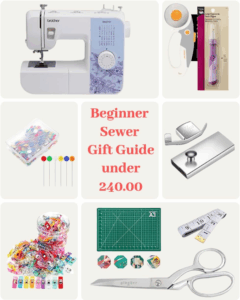
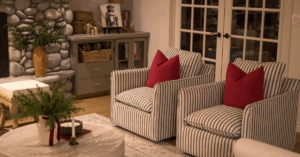
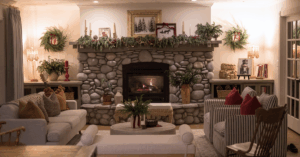
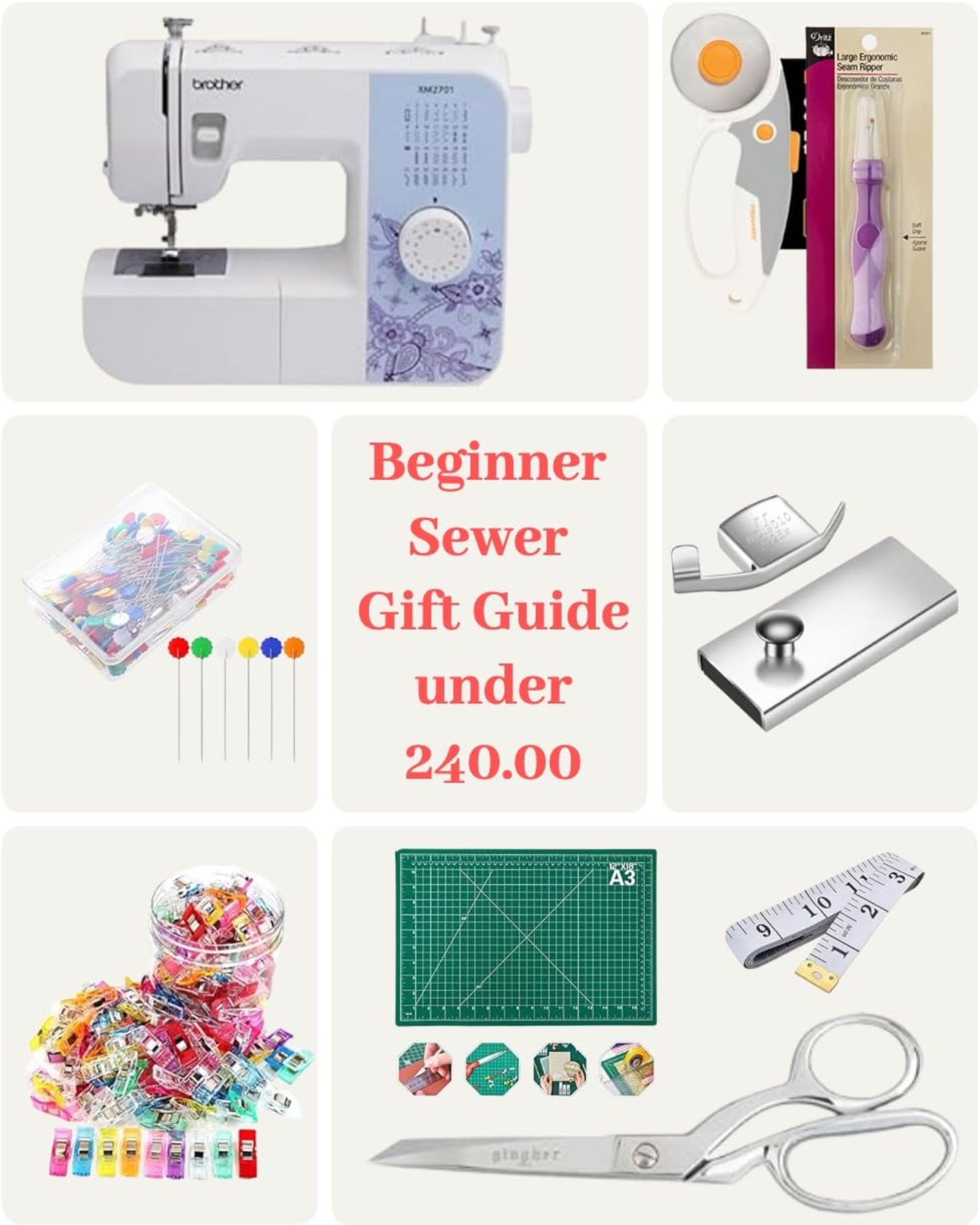



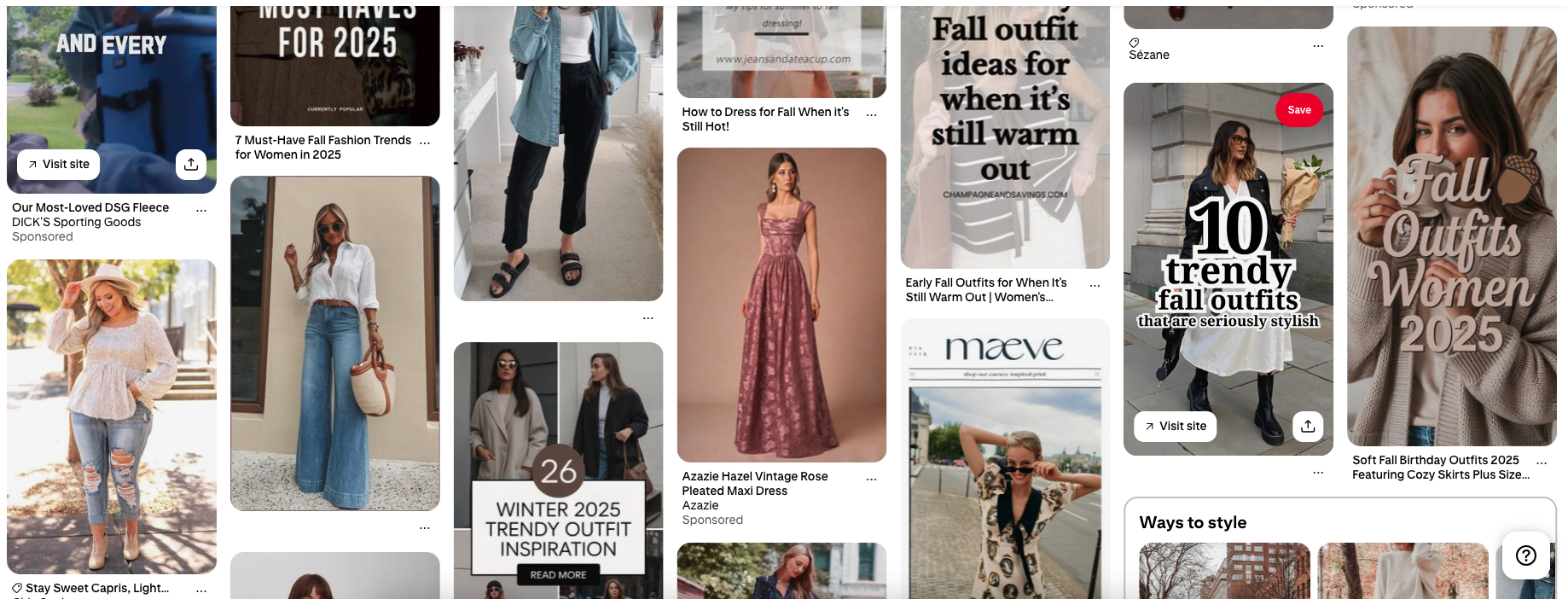
Read the Comments +